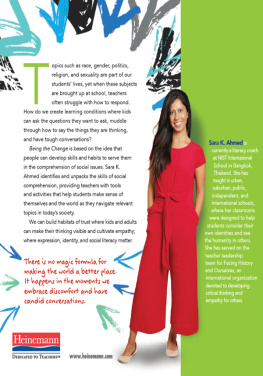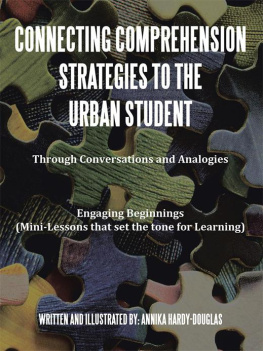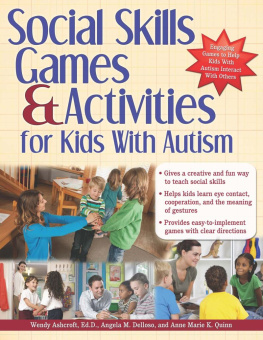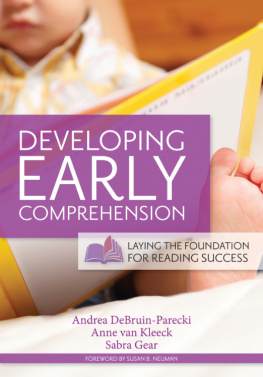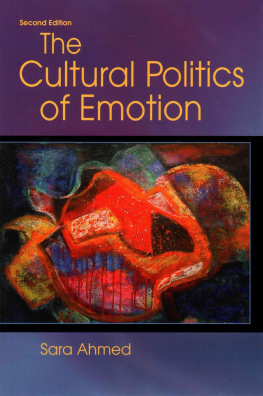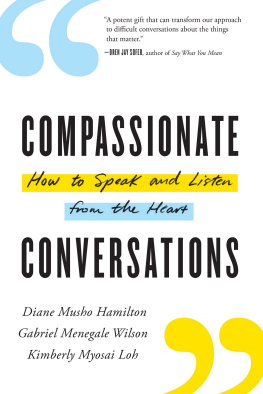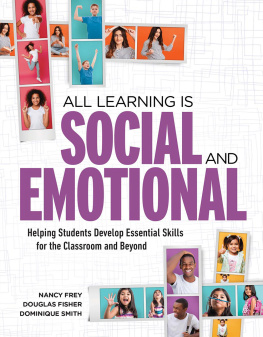Sara K. Ahmed - Being the Change: Lessons and Strategies to Teach Social Comprehension
Here you can read online Sara K. Ahmed - Being the Change: Lessons and Strategies to Teach Social Comprehension full text of the book (entire story) in english for free. Download pdf and epub, get meaning, cover and reviews about this ebook. year: 2018, publisher: Heinemann, genre: Home and family. Description of the work, (preface) as well as reviews are available. Best literature library LitArk.com created for fans of good reading and offers a wide selection of genres:
Romance novel
Science fiction
Adventure
Detective
Science
History
Home and family
Prose
Art
Politics
Computer
Non-fiction
Religion
Business
Children
Humor
Choose a favorite category and find really read worthwhile books. Enjoy immersion in the world of imagination, feel the emotions of the characters or learn something new for yourself, make an fascinating discovery.
- Book:Being the Change: Lessons and Strategies to Teach Social Comprehension
- Author:
- Publisher:Heinemann
- Genre:
- Year:2018
- Rating:3 / 5
- Favourites:Add to favourites
- Your mark:
Being the Change: Lessons and Strategies to Teach Social Comprehension: summary, description and annotation
We offer to read an annotation, description, summary or preface (depends on what the author of the book "Being the Change: Lessons and Strategies to Teach Social Comprehension" wrote himself). If you haven't found the necessary information about the book — write in the comments, we will try to find it.
Topics such as race, gender, politics, religion, and sexuality are part of our students lives, yet when these subjects are brought up at school teachers often struggle with how to respond. How do we create learning conditions where kids can ask the questions they want to ask, muddle through how to say the things they are thinking, and have tough conversations? How can we be proactive and take steps to engaging in the types of conversations where risk is high but the payoff could be even greater?
Being the Change is based on the idea that people can develop skills and habits to serve them in the comprehension of social issues. Sara K. Ahmed identifies and unpacks the skills of social comprehension, providing teachers with tools and activities that help students make sense of themselves and the world as they navigate relevant topics in todays society.
Each chapter includes clear, transferrable lessons and practical strategies that help students learn about a targeted social comprehension concept. From exploring identity and diversity to understanding and addressing biases and microagressions, Sara demonstrates how to address real issues honestly in the classroom while honoring and empowering students.
Dealing with social issues is uncomfortable and often messy, but you can build habitats of trust where kids and adults can make their thinking visible and cultivate empathy; where expression, identity, and social literacy matter. There is no magic formula for making the world a better place. It happens in the moments we embrace discomfort and have candid conversations.
****
I am convinced that every class of kids I work with is filled with change agents who will make this world the one we teach toward. I believe that my students will carry the work of doing right by this world into their own lives.
Ill bet you believe this about your kids, too.
-Sara K. Ahmed
Sara K. Ahmed: author's other books
Who wrote Being the Change: Lessons and Strategies to Teach Social Comprehension? Find out the surname, the name of the author of the book and a list of all author's works by series.

